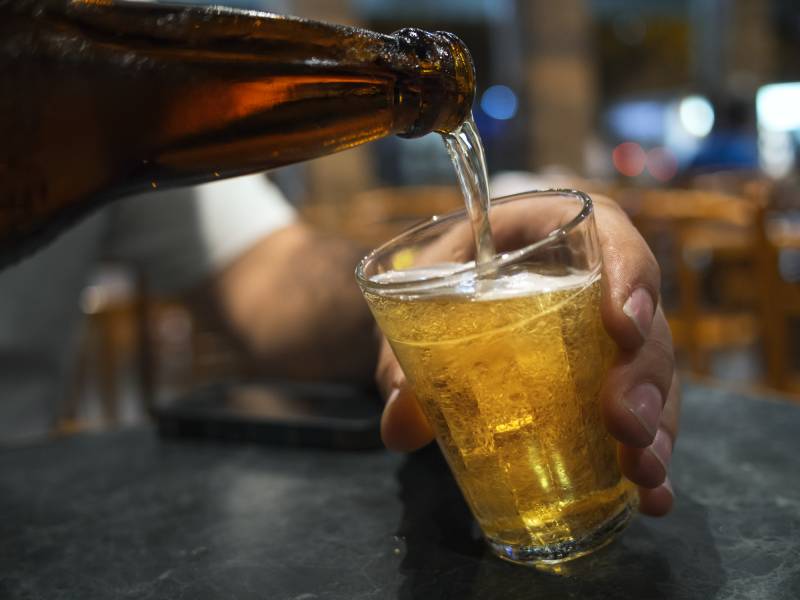“The science is very clear at this point that harm reduction as a general strategy for treating alcohol and other drug use disorders is very effective. It’s a very positive thing,” Joyner said.
San Francisco’s Managed Alcohol Program, or MAP, provides housing, three meals a day, nurse-administered alcohol — usually in the form of beer or vodka — dosed to keep clients at a “safe level of intoxication,” and enrichment activities. It started in 2020 as public health officials responded to the COVID-19 pandemic, and its goal isn’t to reduce patients’ alcohol use or lead to abstinence but to increase their safety and overall quality of life.
Nathan, who did not immediately respond to KQED’s attempts to reach out for comment, said in his thread on X that while some studies and explanations support MAP, the concept “just doesn’t feel right.”
Joyner said that feeling isn’t uncommon, making harm reduction strategies for alcohol and substance use disorders the “most difficult topic for academics who study this.”
However, harm reduction strategies can result in fewer missed work days, trips to the emergency room, ambulance rides, and other disruptions to daily life for those with alcohol use disorder.
“This program seems good,” Joyner said. “I think it’s very good at doing what it’s intending to do, which is to reduce drinking levels to a manageable level without inducing severe withdrawal.”
According to San Francisco’s Department of Public Health, an internal analysis of MAP found a fourfold reduction in the usage of emergency department services by clients in the six months after their intake compared to the six months prior. It also reported that clients called emergency medical systems and visited the hospital half as often.
The program is run out of a 20-bed facility on the grounds of a former hotel and bar in the Tenderloin, where clients live in a “closed campus” environment under the supervision of staff.
The site’s bar, which has taps that previously dispensed beer and cannot be removed due to the leasing agreement, is one element that opponents of the program have taken issue with. So is its funding.
“Why isn’t every public health dollar not going to prevention and treatment?” Nathan wrote in one of the posts in his X thread.
Funding programs like MAP, however, can actually have monetary benefits to the public, especially since not all people with alcohol use disorder are willing to go through abstinence-based treatment programs, Joyner said.
He explained that when someone uninsured goes to the emergency room for withdrawal, an injury or other medical emergency related to alcohol use, “the city quote-unquote ‘pays.’”

